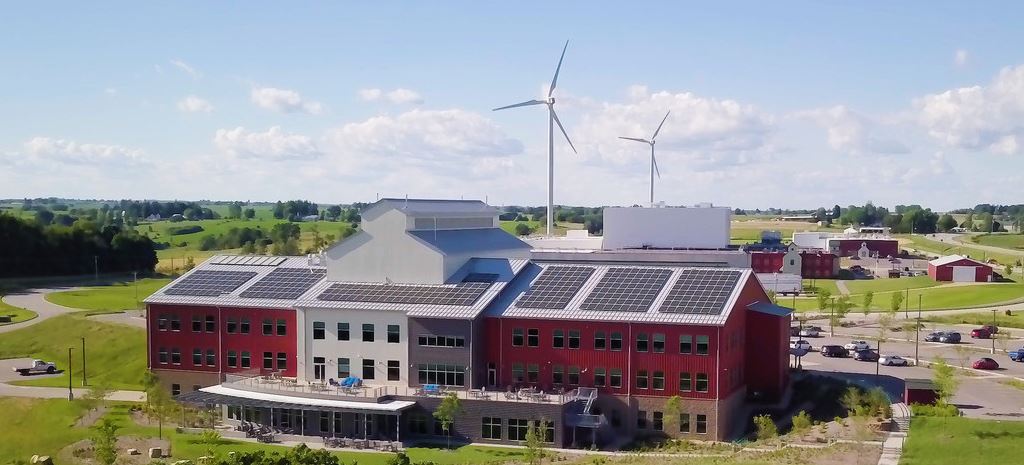From pv magazine USA
Energy division staff of the California Public Utilities Commission (CPUC) have proposed that the commission should launch a rulemaking proceeding on opt-in dynamic pricing of electricity.
For customers that have equipment that can automatically respond to price signals, opt-in dynamic pricing would shift some electricity consumption to times when prices are low – for instance, at times of high renewable generation – while reducing consumption when the grid is under stress and prices are high. The staff proposal envisions that the CPUC, by acting on dynamic pricing, could drive widespread customer adoption of technologies that can respond to price signals.
Following a successful dynamic pricing pilot funded by the California Energy Commission, the CPUC recently approved two more dynamic rate pilots. Customer equipment eligible for the pilots has included air conditioners, heat pumps, electric vehicle chargers, battery storage, agricultural irrigation pumps, and industrial process equipment.
The CPUC favors cost-based dynamic rates that improve grid resource utilization and “equitable” grid integration of DERs, the staff proposal says, citing the CPUC’s DER Action Plan. The staff proposal would achieve “fair” compensation for customer-owned DERs that is “linked to avoided marginal costs,” the proposal says.
With an opt-in dynamic pricing program, both participants and non-participants would save money on their electric bills, according to a Pacific Northwest National Laboratory modeling study described in the CPUC staff proposal. Customer bills would be reduced 10% to 17%, and savings from nationwide adoption would range from $33 billion to $50 billion per year, PNNL’s modeling showed.
DER industry support
Nine DER providers and advocacy groups supported a draft version of the CPUC staff proposal, in joint informal comments submitted last year, following a CPUC workshop, according to a summary provided in the staff proposal. Their joint comments said that the scope of a rulemaking should include the “method for crediting exported energy at retail price, and interaction with reforms to net energy metering being contemplated” under a CPUC rulemaking. The nine parties were Enel X, California Energy Storage Alliance, California Solar & Storage Association, Sunrun, Vote Solar, Tesla, EDF Renewables, Nuvve, and Stem.
Customer protection
Dynamic prices under the CPUC staff’s proposal would include several price components, beginning with the location-specific real-time wholesale price of electricity.
The proposal discusses the extremely high wholesale electricity prices in Texas in February 2021, when extreme cold weather led to multiple days of large-scale outages. The high wholesale prices were passed on to the real-time pricing customers of Griddy, a retail electricity provider. California dynamic pricing customers would be protected from extreme prices, the staff proposal says, in part because California has grid connections to neighboring regions, while the Texas grid is isolated, and because California has a resource adequacy program, or capacity market, which is designed to help ensure an adequate reserve of generating capacity, and which Texas does not have.
The staff proposal recommends that a CPUC rulemaking should explore assurances of customer protection during such reliability events.
Bidirectional pricing
Other electricity price components, besides the location-specific real-time wholesale price, would be a dynamic capacity charge based on real-time grid utilization, and price components to recover costs of generation, transmission and distribution services and other fixed costs.
Ultimately, the proposal envisions “bidirectional” electricity prices, with customers importing or exporting energy at the same dynamic composite price.
The California Energy Commission has created an online, universally accessible customer rate database known as MIDAS, and has proposed to adopt regulations that would facilitate the use of MIDAS for a dynamic pricing program, the CPUC staff proposal says.
California has reached this stage of preparedness for dynamic pricing at a time when solar provides more than 25% of the state’s electricity, and wind power provides nearly 8%.
The CPUC staff proposal, which incorporates a white paper discussing the need for demand flexibility and the limitations of current approaches, is titled “Advanced strategies for demand flexibility management and customer DER compensation.” A workshop on the proposal is planned for July 21, 2022.
This content is protected by copyright and may not be reused. If you want to cooperate with us and would like to reuse some of our content, please contact: editors@pv-magazine.com.



3 comments
By submitting this form you agree to pv magazine using your data for the purposes of publishing your comment.
Your personal data will only be disclosed or otherwise transmitted to third parties for the purposes of spam filtering or if this is necessary for technical maintenance of the website. Any other transfer to third parties will not take place unless this is justified on the basis of applicable data protection regulations or if pv magazine is legally obliged to do so.
You may revoke this consent at any time with effect for the future, in which case your personal data will be deleted immediately. Otherwise, your data will be deleted if pv magazine has processed your request or the purpose of data storage is fulfilled.
Further information on data privacy can be found in our Data Protection Policy.